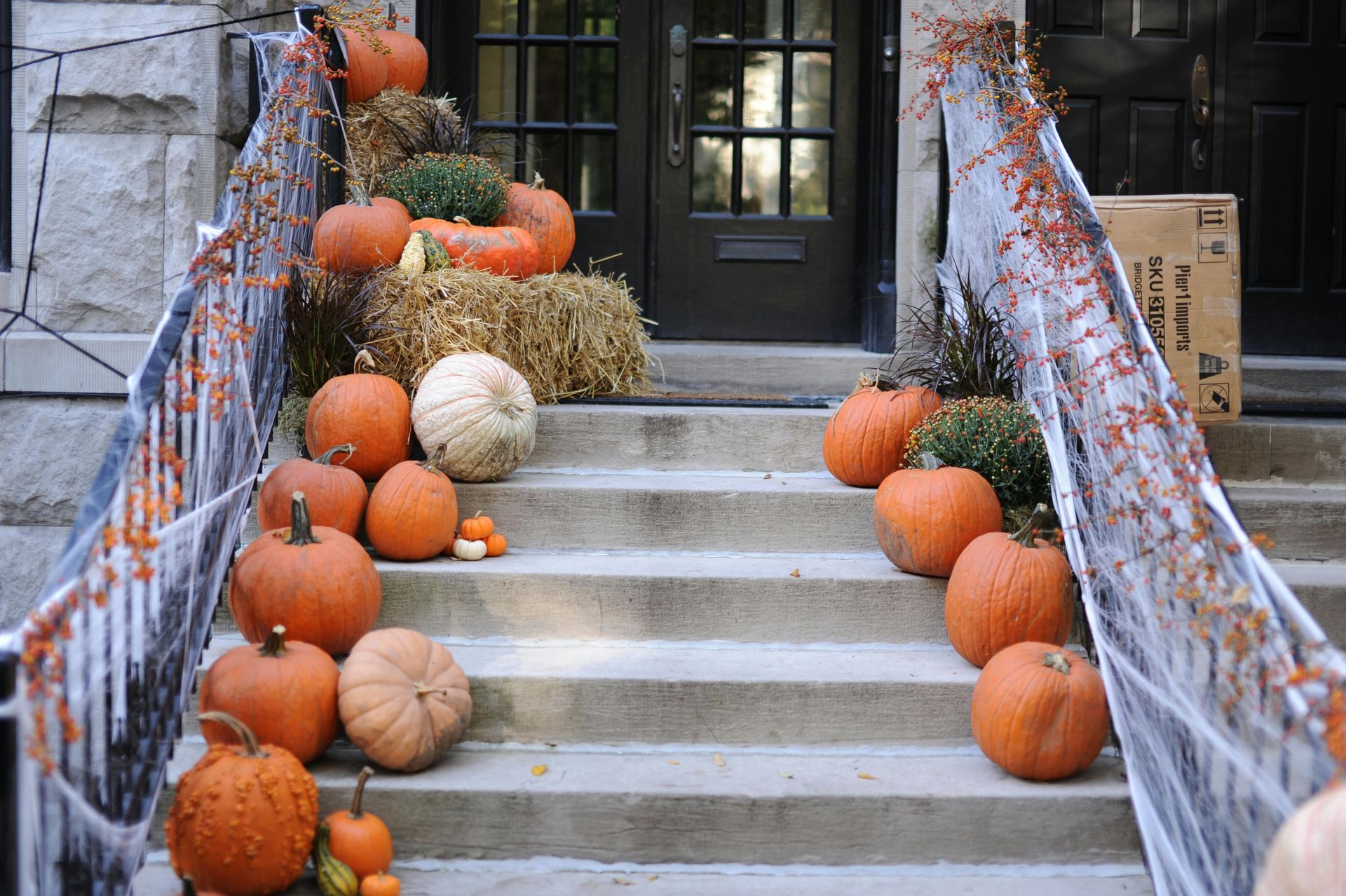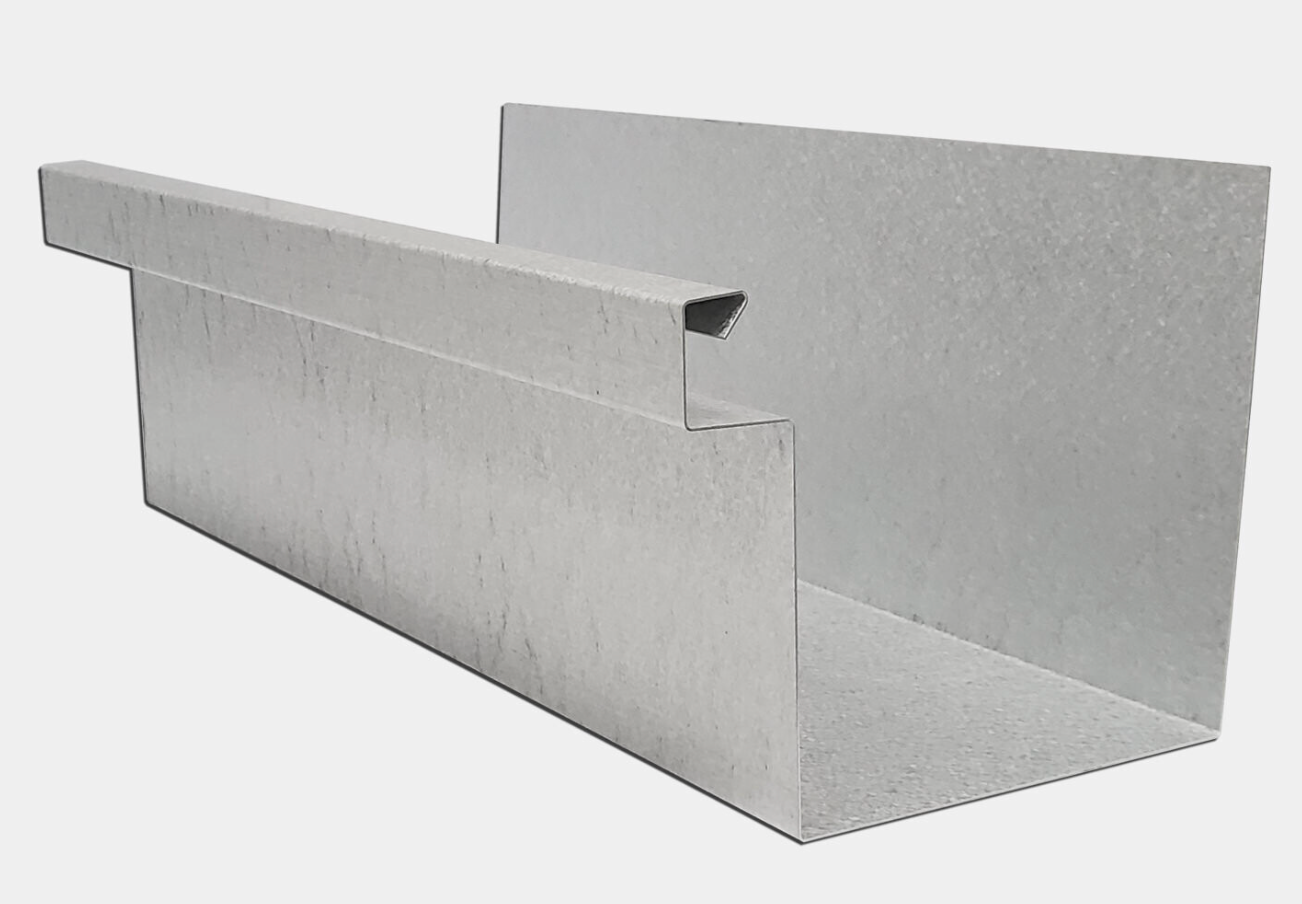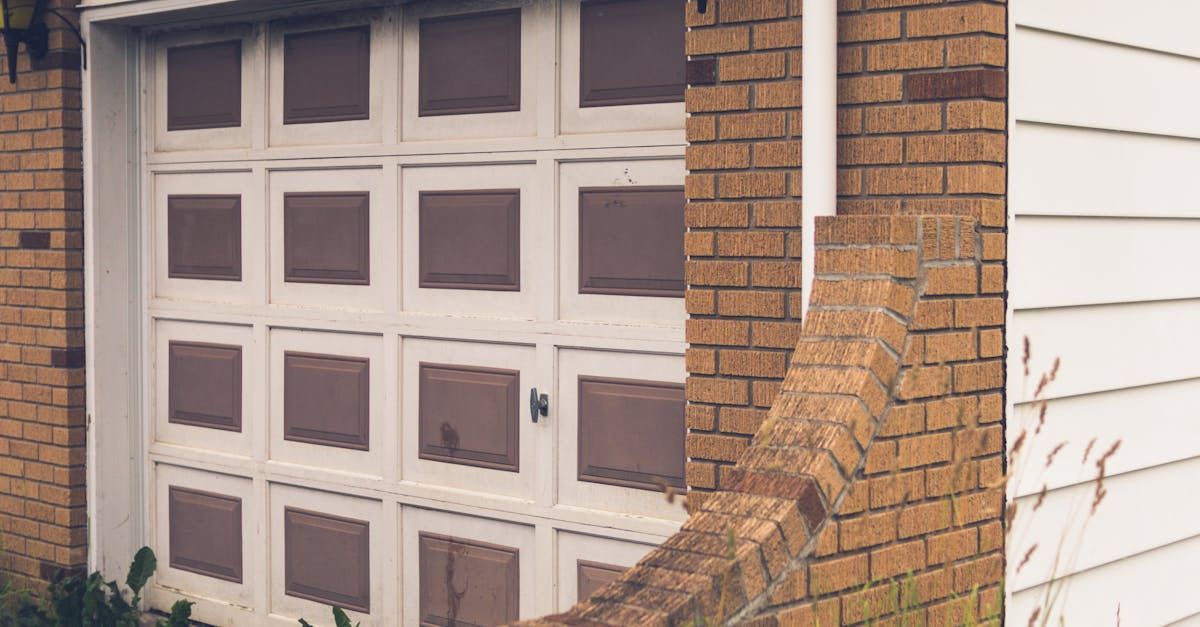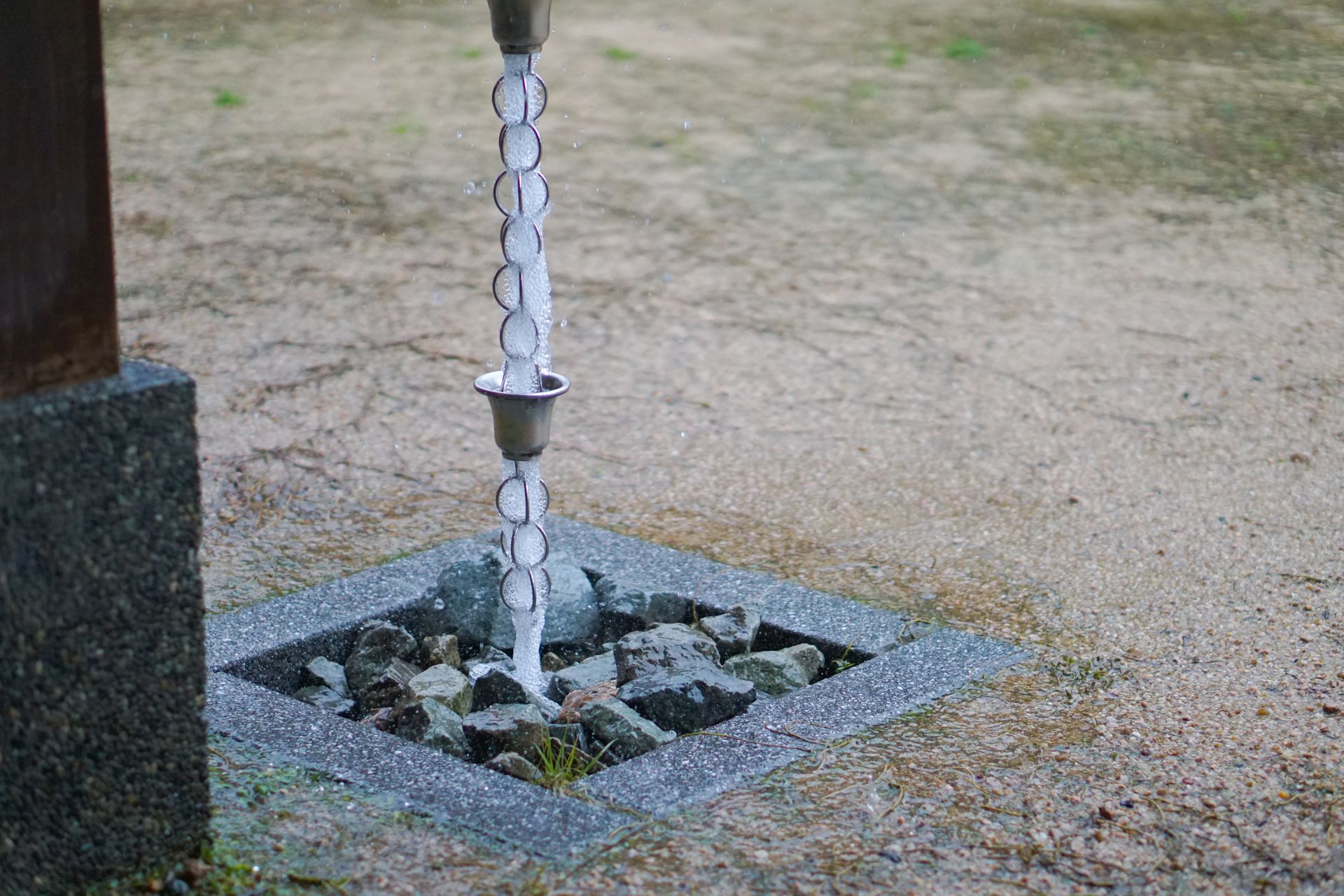Wood Gutters: A Wet Journey through Time
Wood gutters have a rich and storied past. Some of the earliest forms of rainwater management were primarily crafted from durable woods like cedar, redwood, and cypress. Ancient civilizations began experimenting with wooden systems to channel rainwater away from buildings, laying the groundwork for a technique that would persist for centuries. Wood was a practical choice in the early days: abundant, relatively easy to work with, and offering natural resilience against the elements.
During the 18th and 19th centuries, wood gutters became commonplace in residential and commercial buildings. Master artisans hand-carve wood gutters, sometimes using tools and methods passed down through generations. In the United States, wood gutters were highly valued due to the country's vast forests and the availability of quality timber. Wood’s durability in harsh weather and aesthetic appeal further solidified its role as the go-to material for rain management systems.
However, wood gutters had drawbacks. They required significant maintenance to prevent rotting, warping, and other damage from the elements. Even with regular sealing and care, wood would eventually succumb to moisture damage, mold, and insect infestation. These vulnerabilities, combined with the rise of modern materials, began to prompt a shift in rain gutter construction.

The Decline of Wood Gutters and the Rise of Aluminum
With the advent of the Industrial Revolution, metals and manufacturing techniques evolved rapidly, paving the way for a new era in construction materials. By the early-to-mid 20th century, aluminum began to gain popularity as a practical alternative for gutters due to its many advantages over wood. This shift wasn’t solely due to aluminum’s availability; it was a response to growing demand for a low-maintenance, long-lasting material that could withstand the test of time and weather.
- Durability and Low Maintenance
Unlike wood, aluminum does not rot, warp, or attract termites. Its corrosion-resistant properties and minimal maintenance needs make it an attractive choice for homeowners and businesses. While wood gutters had to be regularly inspected, resealed, and cleaned to prevent decay, aluminum gutters required far less upkeep, giving it a strong edge as a practical solution. - Lightweight and Easy to Install
Aluminum is significantly lighter than wood, making installation easier and faster. Aluminum gutters can be manufactured in a range of shapes and styles to suit various architectural aesthetics, eliminating the time-intensive, hand-carving labor that wood requires. Seamless aluminum gutters, in particular, became a game-changer. Made from a single piece of aluminum, these gutters were less prone to leaking and could be quickly cut to fit precise dimensions, reducing installation time and long-term maintenance. - Cost-Effectiveness
Given the craftsmanship and material required, wood gutters were often more expensive to install and maintain than their aluminum counterparts. Aluminum, being more widely available and easier to produce, offered a cost-effective solution that appealed to budget-conscious homeowners. Its affordability allowed more homes and businesses to install durable rainwater management systems without breaking the bank. - Environmental and Aesthetic Appeal
The environmental concerns associated with deforestation and the preservation of natural resources further prompted the shift from wood to aluminum. Additionally, aluminum can be painted or powder-coated in various colors, making it easy for homeowners to match the gutters to their home’s exterior without sacrificing aesthetics. While wood’s rustic appearance had charm, aluminum’s versatility offered more options for customization.
Why Aluminum Gutters Dominate Today
Aluminum gutters have effectively taken over the industry due to their longevity, affordability, and efficiency. Modern aluminum gutters can last over 20 years, even with minimal maintenance. They also offer a sleek, customizable look that complements various architectural styles, allowing for a range of seamless options that improve a building's exterior without detracting from its aesthetic appeal.
Wood gutters still have a niche following, especially for restoration projects or historic homes that strive to maintain period authenticity. Yet, for the average homeowner, the benefits of aluminum gutters far outweigh those of wood, leading to a near-universal preference for aluminum in new gutter installations.
Wood Gutters vs Aluminum Summary
The shift from wood to aluminum gutters symbolizes more than a change in materials; it reflects a broader evolution in building technology and homeowner expectations. Today, aluminum gutters embody durability, cost-effectiveness, and low maintenance, answering the call for reliable, long-lasting rainwater management solutions. While wood gutters hold a place of honor in architectural history, aluminum remains the top choice for modern homes, ensuring that roofs, walls, and foundations stay protected for decades.
Get a Free Quote Today!
Contact Us
Follow us online for updates











